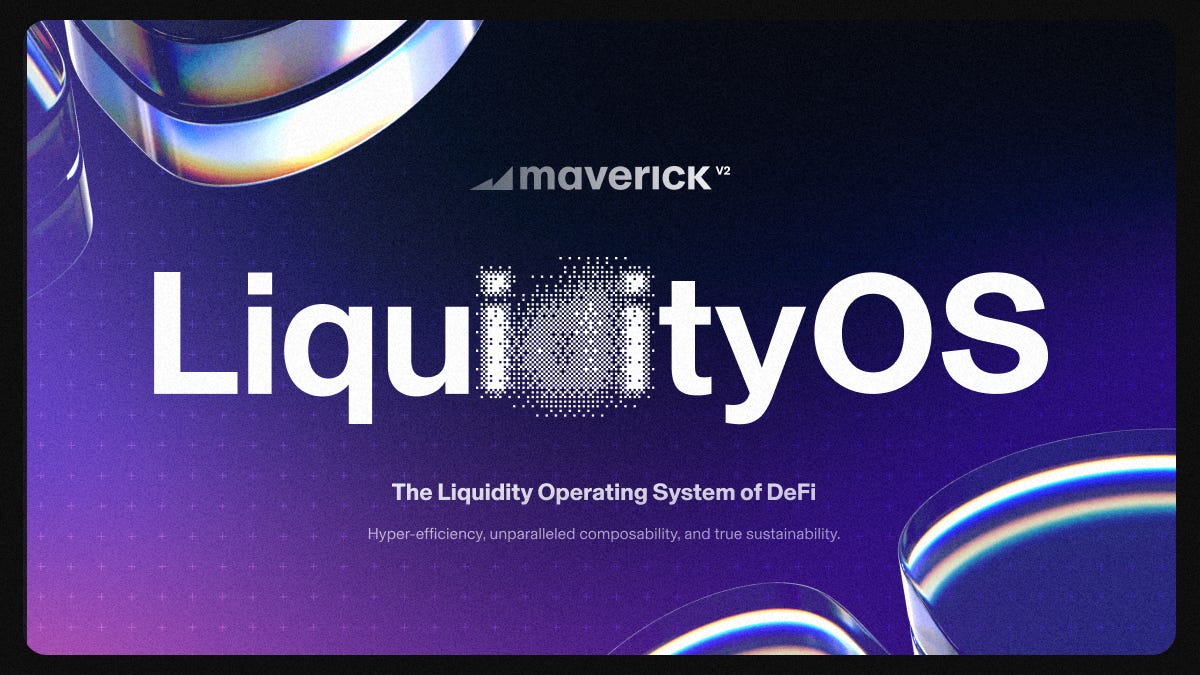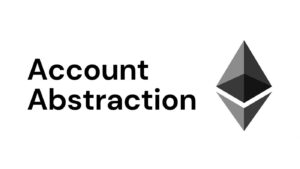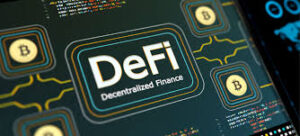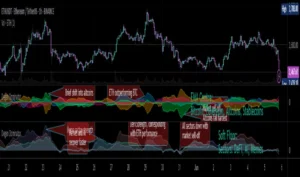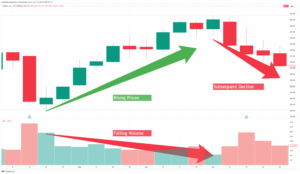In the ever-expanding battlefield of decentralized finance (DeFi), liquidity and trust are the ultimate weapons—and only the most adaptive protocols survive. As the DeFi ecosystem matures, new protocols enter the arena while legacy giants fight to maintain their dominance. But in a space that thrives on innovation, speed, and transparency, the real question isn’t just who launched first, but who’s delivering most effectively in terms of user confidence and capital flow.
So, who’s winning the DeFi protocol wars in 2025? Let’s dive into the key players, the metrics that matter, and what’s shaping user loyalty and liquidity dominance in this high-stakes environment.
🚀 The Stakes: Liquidity and Trust as the Twin Pillars of Power
In DeFi, liquidity is king. It determines everything from user experience and transaction speed to slippage and yield opportunities. Without liquidity, protocols struggle to operate efficiently, and users flee for better options.
But liquidity alone isn’t enough. After the high-profile hacks and rug pulls that marred DeFi’s early years, trust has become just as critical. Users now demand transparent governance, robust smart contract audits, and proactive risk management. This dual requirement—capital depth and reputational strength—is what separates leaders from the pack.
🥇 The Titans: Top Protocols Dominating in 2025
1. Uniswap (v4 and Beyond)
Still the undisputed leader in decentralized exchanges, Uniswap’s upgrade to v4 introduced hooks, enabling more customizable liquidity pools and improved capital efficiency. Its permissionless nature and brand strength give it a wide moat.
- Liquidity Strength: Billions in TVL (Total Value Locked) and unmatched daily trading volume.
- Trust Factor: Longstanding presence, audited contracts, and a community-governed DAO.
2. Lido Finance
Dominating the liquid staking vertical, Lido has become a cornerstone for Ethereum staking. With liquid staking derivatives like stETH, Lido enables yield opportunities while supporting Ethereum’s decentralization.
- Liquidity Strength: Massive ETH backing and integrations across DeFi protocols.
- Trust Factor: Reputable node operators, transparency reports, and security-first design.
3. Aave (v4)
As the most battle-tested lending platform, Aave has retained its grip by evolving constantly. With GHO, its native stablecoin, and cross-chain deployments, Aave is pushing boundaries in decentralized lending and borrowing.
- Liquidity Strength: Deep reserves across assets and strong utilization rates.
- Trust Factor: Open governance, multiple audits, and incident response transparency.
4. Curve Finance
Curve has carved out a niche in stablecoin swapping and is a vital liquidity engine for DeFi. Despite a few rocky moments, including governance drama, Curve’s veTokenomics model still incentivizes long-term loyalty and liquidity provision.
- Liquidity Strength: Large stablecoin pools and deep LP rewards.
- Trust Factor: Longstanding protocol, transparent governance, but slightly weakened post-2023 hack.
5. MakerDAO
As the original decentralized stablecoin protocol behind DAI, MakerDAO continues to play a critical role in maintaining trust in algorithmic stablecoins. With real-world asset (RWA) integration, it’s exploring yield beyond crypto-native ecosystems.
- Liquidity Strength: DAI remains heavily used in DeFi as a trusted stablecoin.
- Trust Factor: Highly secure, well-audited, but faces questions about centralization and collateral backing.
🔍 Emerging Challengers: The Rise of Modular and Layer-2 Native Protocols
2025 is also witnessing a new generation of DeFi protocols born natively on Layer-2 networks like Arbitrum, Optimism, Base, and zkSync. These protocols are leaner, cheaper, and often more aligned with modern security standards.
Notables Include:
- GMX / Gains Network: Leading the charge in decentralized perpetuals with real yield models and community-centric designs.
- Radiant Capital: Pioneering omnichain lending with native Layer-2 deployment and cross-chain incentives.
- Velodrome / Aerodrome: Introducing ve(3,3) models with innovative emissions and bribe systems.
These newer protocols may not have the TVL of Uniswap or Aave (yet), but they’re gaining user trust through transparency, agile development, and ecosystem-first incentives.
⚔️ Battle for Trust: What Really Matters Now?
With DeFi TVL surpassing $120 billion in 2025, trust is now about verifiability and decentralization, not just audits and Twitter presence. Here’s what users care about:
- Audits & Bug Bounties: Users now look for multi-layered audits, live security dashboards, and public bounty programs.
- DAO Governance: More users participate in governance, checking for active proposals, voter participation, and developer transparency.
- Sustainability of Yield: Flashy APYs are no longer enough. If yields aren’t backed by real revenue, users move on.
Real yield protocols—those that generate income through fees rather than inflationary tokenomics—are becoming the new gold standard.
🧠 Metrics That Matter in the DeFi Warzone
To evaluate who’s really leading in the DeFi protocol wars, consider:
| Metric | Why It Matters |
|---|---|
| Total Value Locked (TVL) | Indicates capital trust and protocol utility |
| Unique Wallets / Active Users | Shows adoption and user engagement |
| Protocol Revenue | Measures sustainability and real-world utility |
| Security Incidents | A clean record boosts credibility |
| Governance Participation | Signals community health and decentralization |
Protocols that show balance across all five metrics are the true leaders—not just those who dominate a single area.
🧭 What’s Next? Interoperability and Real-World Integration
The future of DeFi isn’t just about isolated dApps—it’s about ecosystem interconnectivity and real-world use cases.
- Expect growth in modular DeFi where protocols act like Lego blocks—composable, interoperable, and adaptable.
- Real-world assets (RWA) such as tokenized bonds, commodities, and invoices are increasingly integrated.
- Regulatory-compliant DeFi products may become the norm as global jurisdictions attempt to balance innovation and investor protection.
🏁 Final Thoughts: Who’s Winning?
While Uniswap, Lido, Aave, and MakerDAO still hold the crown in liquidity and trust, Layer-2 natives and real-yield protocols are rapidly climbing the ranks. In this evolving war, no throne is permanent, and trust must be earned daily through transparency, resilience, and innovation.
The question isn’t whether DeFi protocols will replace TradFi—but which ones will lead when they do.

